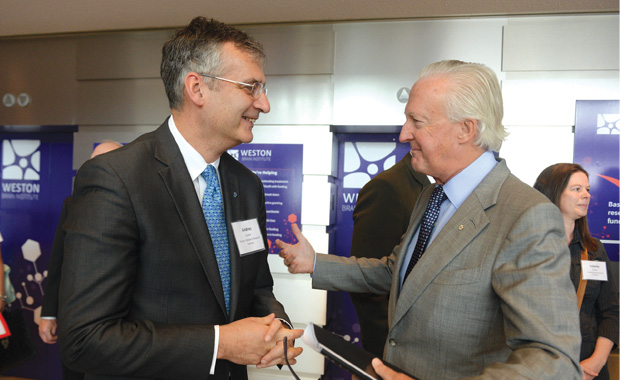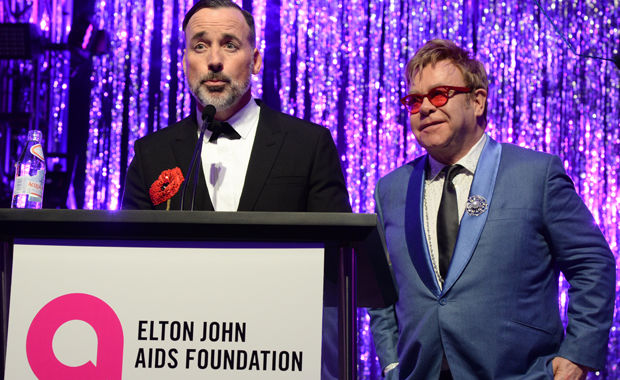Neurodegenerative Diseases In Canada: The Need To Accelerate Research
Research and Innovations An innovative approach for funding research is aimed at accelerating the development of safe and effective breakthrough treatments for neurodegenerative diseases and could be a game changer for aging Canadians.

Recent advances in healthcare are helping Canadians to live longer than ever before. But, during this period of great medical progress, there has been a distinct lack of treatments for neurodegenerative diseases of aging.
New approach to funding essential research
There are currently no cures for diseases such as Alzheimer’s, Parkinson’s and amyotrophic lateral sclerosis (ALS), and treatments to slow down these conditions are not as effective as they need to be. In 2013, approximately 2.9 million Canadians were directly impacted by these conditions, either as patients or caregivers. In a generation, this number is estimated to grow to 16.4 million Canadians, while the economic impact of these diseases to Canada is estimated to grow from $28 billion to $215 billion per year.
By supporting high-risk, high reward research projects, a leading Canadian funding agency is addressing this critical issue in a new and compelling way.
“We have world-class scientists in Canada and by funding them to work on neurodegenerative diseases of aging, we will accelerate the path to the discovery of new treatments.”
“Our support, anchored by a world-class scientific advisory board, our approach, built around rigorous business principles, and an innovative operating model, will allow for the kind of complex research that needs to be done now, and to be done more quickly,” explains W. Galen Weston, Chairman and President of The W. Garfield Weston Foundation, which launched the Weston Brain Institute, a granting agency directly supporting Canada’s neuroscience research community. “ We are determined to be the catalyst in a transformational new chapter in the fight against brain diseases.”
Bridging the valley of death
Three main phases of research are needed to develop a new treatment: basic research, translational research and clinical trials. Basic research is relatively well-funded and, at the other end of the spectrum, large biotech and pharmaceutical companies resource late stage clinical trials. Translational research though, is underdeveloped; a situation that it is often referred to as the translational gap or “valley of death”.
“In our view, driving forward key breakthroughs in translational research is critical to finding solutions to this problem. Currently, the lack of resources and skills means some of the most promising ideas are stalled or stopped in the “valley of death,” explains Alexandra Stewart, Executive Director at the Weston Brain Institute. “We are focused on bridging that gap to make sure that what could be breakthrough treatments have a chance of making it to patients.”
Dr. Ekaterina Rogaeva has been conducting genetic research on a variety of neurodegenerative diseases at the University of Toronto since 1992 and has contributed substantially to the development of effective genetic testing of different forms of dementia. Without the willingness to support high risk, high reward work, Dr. Rogaeva would have struggled to make such an impact.
“I was working on a particular gene that had just been discovered so there was no preliminary data,” Dr. Rogaeva, the Weston Brain Institute awardee explains. “We wanted to develop a novel technique to use information as a potential biomarker. The Institute’s fresh approach to funding proposals meant they considered the potential of the research and I was granted resources quickly, which is unique. It was risky, but it has worked.”
Collaborating towards success
There is an array of meaningful collaborations between funding institutes and neuroscience research community in Canada. The Institute’s unique, cross-disease focus is helping to bring together researchers from different silos to help spark breakthroughs, and the fast, flexible and interactive granting process is allowing funding decisions to be made quickly and easily.
“Science is a field where collaboration is extremely important, it requires teams with specific expertise,” explains Dr. Andres Lozano, Chair of the Weston Brain Institute’s Advisory Board. “We have world-class scientists in Canada and by funding them to work on neurodegenerative diseases of aging, we will accelerate the path to the discovery of new treatments.”


